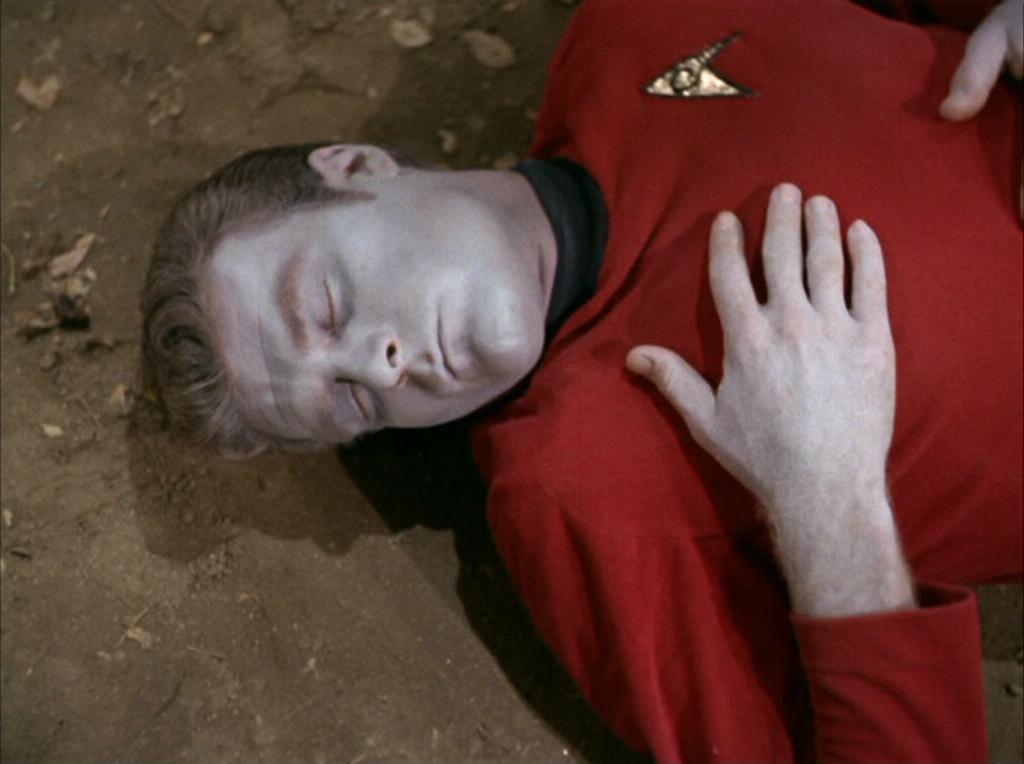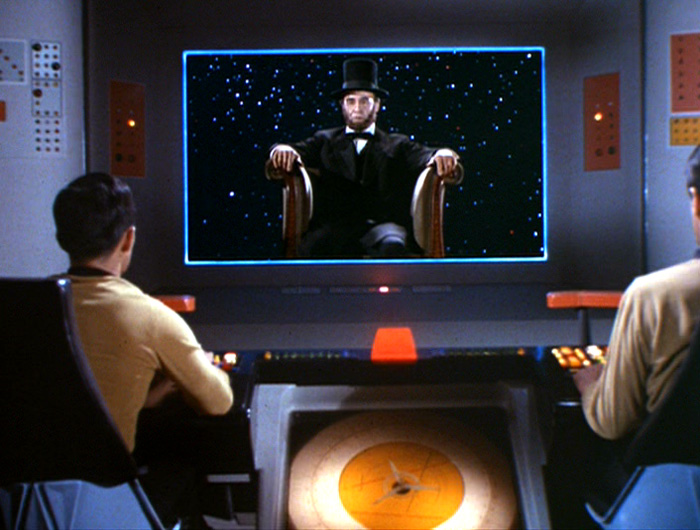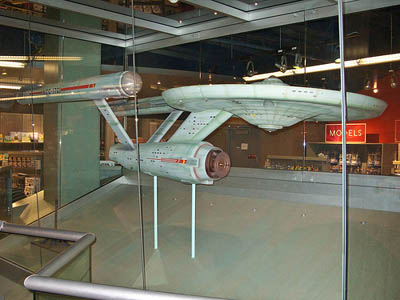They say good things come to those who wait... And it definitely applies to those who follow a show into its second season...
- Beaker was created for The Muppet Show

What would the Muppet Labs sketches have been like without the hapless, meeping, undefinable orange thing, Beaker? Well, they would have been a lot like season one Muppet Labs sketches, where Dr. Bunsen Honeydew had to test his exploding neckties and earmuffs on himself. (Beaker is my favorite Muppet, and when I realized he was also a second-season stroke-of-genius, I was inspired to write this list.)
- David Tennant became the tenth Doctor on Doctor Who

He wasn’t the first Doctor of the series, or even of the relaunch, (technically, the series two he came in on was actually season 28). However, David Tennant’s iteration of everyone’s favorite Time-Lord is definitely a fan-favourite. Doctor Who picked up many new audience members during the tenth Doctor’s run. Which is good.
- The theme music for The Twilight Zone

Because you know you whistle it whenever something even vaguely eerie or bizarre happens. The first season theme is a lot harder to whistle if you ask me, and it’s just not as memorable. (But it is still good. Go listen to it on YouTube or something).
- Chekov!
(I’ll admit, if this was a list of my favorite things that happened in the second season, Chekov would be number one. He’s one of my favorite fictional characters ever.) For the second season of their popular space show, Star Trek, Gene Roddenberry and company decided they needed a character on the bridge of the Enterprise who would appeal to a young adult audience. Noting the popularity of The Monkees, they decided to style their new navigator after Davy Jones. The character was almost British, but for some reason or other (exactly what this reason was is debated), Roddenberry came to the conclusion that the character needed to be a Russian, since the U.S.S.R. sent the first human into space. So, Chekov joined the crew of the Enterprise, and his zealous patriotism, proclivity toward switching the letter v with the letter w, and his youth and excitement have been a staple of the legendary group ever since. Oh, and they did decide to keep the Davy Jones hairstyle, but since Walter Koenig’s hair wasn’t long enough when he first came on the show, he wore a really terrible wig.
- The Vulcan salute

People know the Vulcan salute. People who have no idea who Chekov or Sulu are know the Vulcan salute. People who think Star Trek is Star Wars know the Vulcan salute. People who don’t know what a Vulcan is know the Vulcan salute. And it wasn’t used until the second season of Star Trek. It’s use on the show originated with Leonard Nimoy.He based it off of a blessing he saw the priests do in synagogue as a young boy when he wasn’t supposed to be watching. The salute was first used in season 2, episode 1- "Amok Time".
So, what do you think? Do you have any other examples? More pieces to these stories? Did I include too many Star Trek examples? I'd love to hear from you!
Keep on glowing in the dark,
Elora










,_ENT.jpg)




